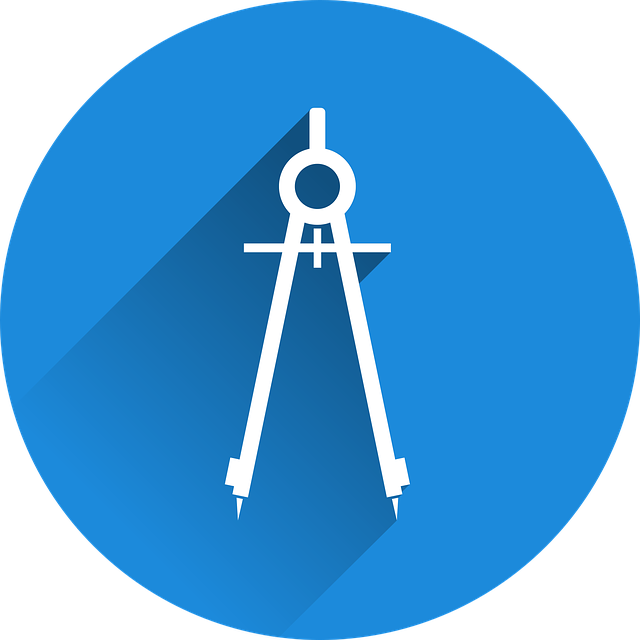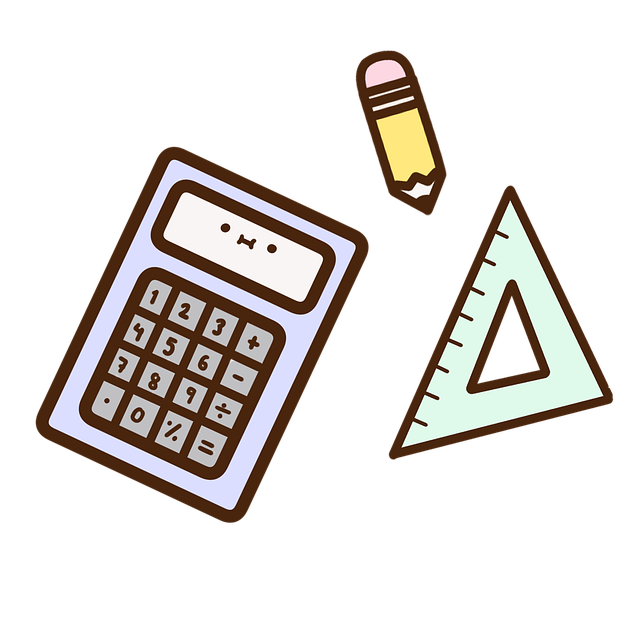The right coding program for middle school kids depends on a couple of factors. While most coding tutorials are meant for young children, there are some that can be used as an introduction to more advanced skills. Depending on the student’s age and interest, they may be able to choose from several free resources and a subscription to a paid course. Here are some recommendations:
Let’s Start Coding
If you’re looking for a great way to teach your middle schoolers about coding, you’ve come to the right place. Let’s Start Coding is a kit that teaches kids the basics of typed code through hands-on projects. This kit includes a free desktop software program, a number of projects, and step-by-step guides. This kit focuses on learning, but also has fun components, such as building an electronic project.
The kits come in a variety of styles and are designed for different types of learners. Some are simpler than others, so you can begin with the Code Car. For a more hands-on approach to coding, you might consider the Base Kit, which has more electronics and flexibility. Both options include step-by-step lessons. You can also purchase additional materials to expand your code creations and experiment with new technologies.
Finding the Right Coding Program For Middle School Kids
If you’re worried that teaching your child coding will require a huge leap of faith on your part, don’t worry. Coding is just like any other skill and can be learned. The key is to seek out opportunities where kids can learn typed coding. The vast majority of code is written on a keyboard, so you can’t expect your kid to be a block-coder. But don’t worry – he or she will eventually get there!
Although coding is a new skill for most kids, the kit will provide a solid foundation for them to use when they begin. The first lesson will take about 30 minutes, including installation and familiarizing with the kit. Then, it’s off to the races. Just be ready to provide some support and guidance during this hour, as it’s an essential part of the learning process. In addition to the lessons, the kits come with an extra DVD containing sample code.
Scratch
For students in middle school, a Scratch coding program can provide a wealth of opportunities. Its curriculum is flexible and engaging, ranging from beginner to advanced. While Scratch is an excellent choice for elementary school students, educators may benefit from a solid background in programming, especially when fielding student questions and assisting them with project execution. Here are five fun activities to spark students’ interest in programming:
While Scratch offers a range of interactive projects, its most impressive feature is that it is easy for children of all skill levels to use and enjoy. Its kid-friendly graphics and characters make coding fun and easy for kids to pick up. The PBS Kids version of the Scratch coding program features characters designed specifically for young minds. By following the instructions, children can develop a number of interactive and classic stories and even create movies.
While Scratch is an introductory language, it is also a powerful tool for building interesting programs and transferring these skills to other programming languages. Every April Fools’ Day, the Scratch Team plays pranks on users and adds new Easter eggs. Similarly, the ‘infoSize’ variable encodes the length of an infoObject. It is a 4-byte, 32-bit bigEndian integer.
Besides developing students’ creativity, the Scratch coding program for middle school students offers a wealth of resources to inspire students. Using the Scratch platform, teachers and students can develop creative communicators, computational thinkers, and empowered learners. The Scratch website has many resources for teachers and educators, including Scratch in Practice, which showcases some of the best examples of Scratch projects. In addition, the Official Scratch Coding Cards provide useful resources for teachers.
CodePen
The CodePen coding program teaches kids how to design websites in a real-time environment, allowing them to see the code in action. The program works in the web browser, allowing students to login from any computer. This coding program is an excellent choice for middle schoolers who want to learn the ins and outs of web design. It teaches students JavaScript, HTML, CSS, and Javascript.
CodePen lets students work in real-time, displaying key presses and changing settings. Students can code together, participate in group chats, and fork and save a pen at any time. The user interface is easy to navigate, with options such as customizing colors and minimizing UI. CodePen also features built-in code completion. For advanced coding, the program offers advanced features like JavaScript compiling, JSX, and D3.
A few disadvantages of CodePen are listed below. First of all, it is free to create an account, so you can view and save the work of others. Second, you need to pay a fee if you want to have access to the Pro version, which lets you save your groupings of code. Additionally, your work will be published online if you don’t pay for it. But that is a small price to pay for the benefits of CodePen.
The benefits of CodePen include community-based design, a simple user interface, and an open-source platform. The site also features a SAAS solution, which acts as a learning platform for new developers. With the CodePen coding program for middle school students, you can expect that the program will help your child to develop their programming skills. However, you should also consider the potential costs of not having a dedicated teaching assistant.
Kodable
The purpose of Kodable is to promote the growth of the students’ coding skills. As an all-in-one curriculum, Kodable features an extensive library of learning content, interactive games, and creative tools. The Kickstart program lets teachers and students trial 49 lessons for free. Paid plans include learning outcome reports and access to a full library of practice levels. It costs $449 for a classroom (3 teachers, 35 students), and schools can purchase custom plans for their entire school district.
Parents and teachers will find Kodable appealing for kids. It combines Java-based coding with graphical objects to introduce the fundamentals of programming. Students progress through a series of puzzles and games that increase in difficulty and require logical thinking. It is a good program for laying the foundation for later computer-programming studies. While Kodable does require a subscription, the program also offers a teacher resource center.
The Kodable coding program has been praised by teachers as one of the best resources available for learning how to code. Teachers will find the software exceptional for teaching kids, and the website includes a wealth of information for educators to foster students’ coding skills. Teachers can also access detailed reports on student progress. Kodable also has teacher resources to help teachers track student progress and provide help with tricky puzzles.
The Kodable software includes a video to teach kids about the concepts of coding. The kids can watch the tutorials and learn about loops, conditional statements, and maze maker. The sequence mode is the most basic way of learning how to code, but it’s still a great way to get kids interested in coding. For example, Kodable teaches kids how to create an algorithm.
Raspberry Pi
There are a number of ways to introduce the Raspberry Pi to a classroom. You can check out the Teachers’ Guide to Raspberry Pi for some tips. The Digital Making Curriculum covers a wide variety of learning styles and helps educators understand what resources are available to use. The Raspberry Pi Foundation has a large community of enthusiastic supporters and educators who can share resources, project ideas, and more. You can also check out their forums and educational materials to help you learn more about the Raspberry Pi and the resources available.
A great way to get students interested in computer science is through the Raspberry Pi. The Raspberry Pi is a small computer that plugs into a computer monitor or TV using a standard keyboard and mouse. The Raspberry Pi can do just about anything a desktop computer can do, including browsing the Internet, playing video games, word processing, and creating a web page. It even lets you take pictures and videos! It is designed to give students the freedom to use their creativity while still providing the technical support they need to build and maintain a website.
Once you have mastered the basics of programming, you can teach your child how to use the hardware and software. You can also teach students how to use a Raspberry Pi in security-related projects. For example, you can use it to watch your pets from a remote location. With the help of the Kano OS, you can also teach your child to program a game or develop an application. The program has challenges for both students and teachers that keep them interested.


